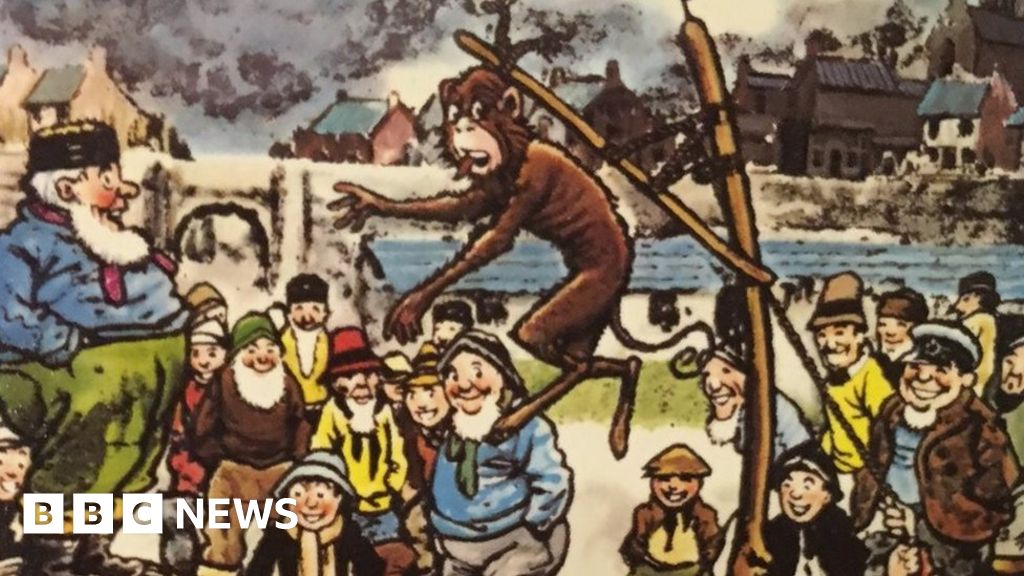Jan Žižka
Well-Known Member
WHY ARE WE CALLED THE PARS ?
Date: Wednesday, 23rd Oct 2019
One perennial question, which comes up from fans of other clubs; is why we are called "the Pars" ?
When I interviewed older supporters in the 1990s; they said it derived from the banners sailors waved at the match with "Plymouth Argyle Rosyth Supporters" abbreviated to PARS.
Certainly, huge numbers of sailors, based at Rosyth Dockyard, but who came from Portsmouth or Devenport or Chatham supported the club in the years up to the SWW. Does any such photographic record exist?
My Parents` generation were adamant that it was not unknown in the 1950s for Athletic fans to call the players "Paralytics", which would hardly be deemed appropriate in the 21st century!
John Hunter,in his Centenary History, was not having that. He points out that he traced the term back to June 1912 when the "Dunfermline Press" began to use it. This was because the club, which had won so much minor silverware since 1885, were finally, belatedly, admitted to Scottish Division 2.
The "Press" said we were now on a "PAR" with the other big clubs. Such was the excitement that the News was flashed onto a screen at the Opera House in Dunfermline!
There was talk of building a 60,000 stadium and the Club, finally, took the decision to play in black and white from then on.
This was not uninterrupted though.They reverted to maroon in 1930 and all white in 1971.
Hartlepool United are known as the Monkey Hangers because the good people of the place hung a monkey believing it to be a spy during the Napoleonic wars.
Date: Wednesday, 23rd Oct 2019
One perennial question, which comes up from fans of other clubs; is why we are called "the Pars" ?
When I interviewed older supporters in the 1990s; they said it derived from the banners sailors waved at the match with "Plymouth Argyle Rosyth Supporters" abbreviated to PARS.
Certainly, huge numbers of sailors, based at Rosyth Dockyard, but who came from Portsmouth or Devenport or Chatham supported the club in the years up to the SWW. Does any such photographic record exist?
My Parents` generation were adamant that it was not unknown in the 1950s for Athletic fans to call the players "Paralytics", which would hardly be deemed appropriate in the 21st century!
John Hunter,in his Centenary History, was not having that. He points out that he traced the term back to June 1912 when the "Dunfermline Press" began to use it. This was because the club, which had won so much minor silverware since 1885, were finally, belatedly, admitted to Scottish Division 2.
The "Press" said we were now on a "PAR" with the other big clubs. Such was the excitement that the News was flashed onto a screen at the Opera House in Dunfermline!
There was talk of building a 60,000 stadium and the Club, finally, took the decision to play in black and white from then on.
This was not uninterrupted though.They reverted to maroon in 1930 and all white in 1971.
Hartlepool United are known as the Monkey Hangers because the good people of the place hung a monkey believing it to be a spy during the Napoleonic wars.



